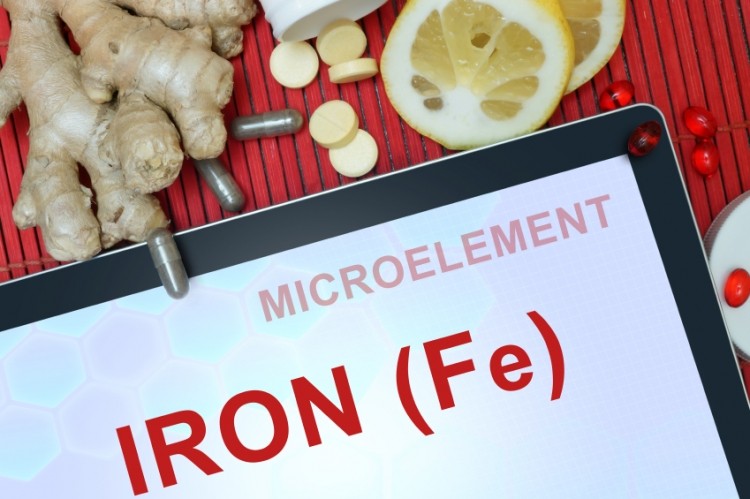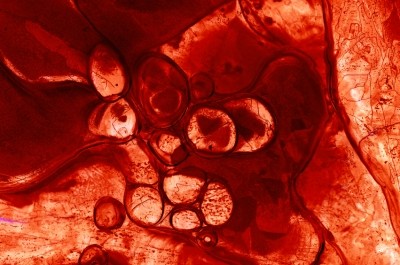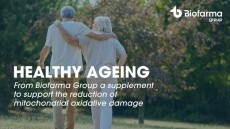Does iron supplementation promise lower heart attack risk?

Findings from Imperial College researchers could mean people with low iron levels are given iron supplements as an effective way in helping to reduce their risk of coronary artery disease (CAD).
“It could well be the case that if their iron levels are low, we could give them an iron tablet to minimise their risk of cardiovascular disease,” explained Dr Dipender Gill, a Wellcome Trust Clinical Fellow at Imperial and lead author of the study.
“For those people who have already had a heart attack, and whose iron status is low, we could potentially reduce their risk of having another heart attack just by giving them an iron tablet. This is an exciting idea that warrants further investigation.”
The conclusions, drawn from genomic data from over 48,000 people, uses this genetic variation as a way of determining iron level’s link to cardiovascular disease risk (CVD).
The team homed in on a trio of points located in the genome where a one ‘letter’ alteration in the DNA – a single nucleotide polymorphism (SNP) – can increase or reduce a person’s iron status.
When these SNPs were screened for in datasets containing over 50,000 patients with CAD, they discovered that those with the SNPs for higher iron status had a lower risk of CAD.
The case for and against
Previous studies have pointed towards a link between iron levels and heart disease, but providing proof has been difficult due to other factors.
Genes are randomly allocated before birth and so their impact on iron status is less affected by lifestyle or environmental factors that can confound observational studies.
Current evidence is therefore mixed. In support of an unfavourable effect of higher iron levels on CVD risk, lower heart disease cases in women was attributed to lower levels of stored iron.
Higher iron stores have also been linked with risk factors for cardiovascular disease, such as type 2 diabetes mellitus.
Meanwhile, observational studies suggests a protective effect of higher iron levels on coronary heart disease (CHD) risk—a leading cause of death worldwide, according to the World Health Organization (WHO)—resulting in more than seven million deaths a year.
In addition, iron deficiency has been associated with increased mortality in patients with heart failure.
Mendelian randomization
This study uses the Mendelian randomization technique that has proved effective in accounting for environmental factors, lifestyle factors, or reverse causation.
Three SNPs that are deemed to increase systemic iron status were identified, (rs1800562 and rs1799945 in the HFE gene and rs855791 in TMPRSS6) and compared with data from 48 972 people.
Associations between these SNPs and CAD were generated by combining the results of a genome-wide study of 60 801 CAD cases and 123 504 controls with an analysis involving 63 746 CAD cases and 130 681 controls.
Pooled results found evidence of a protective effect of higher iron status on CAD risk.
“In our current MR study, we demonstrate a causal effect of iron status on CAD risk using only the 3 SNPs associated with all 4 iron status markers (serum iron, transferrin saturation, ferritin, and transferrin) at genome wide significance,” the paper stated.
“We have shown that having low iron status increases the risk of coronary artery disease, but this doesn't mean correcting that resolves the increased risk. What we have highlighted is a potential therapeutic target that we didn't know about before, and one that's easily modifiable,” added Dr Gill.
EFSA iron decisions
The European Food and Safety Authority (EFSA) have deemed an average iron requirement (AR) for adult men to be 6 milligrams per day (mg/day).
The Population Reference Intake (PRI) was calculated at 11 mg/day.
In premenopausal women, the PRI is set at 16 mg/day.
The WHO have estimated that two billion people around the world do not get enough of this vital nutrient from their diet, which can lead to anaemia and cause tiredness, shortness of breath, heart palpitations and increase their risk of infections.
Source: Arteriosclerosis, Thrombosis, and Vascular Biology
Published online ahead of print: DOI: 10.1161/ATVBAHA.117.309757
“The Effect of Iron Status on Risk of Coronary Artery Disease.”
Authors: Dipender Gill et al.















